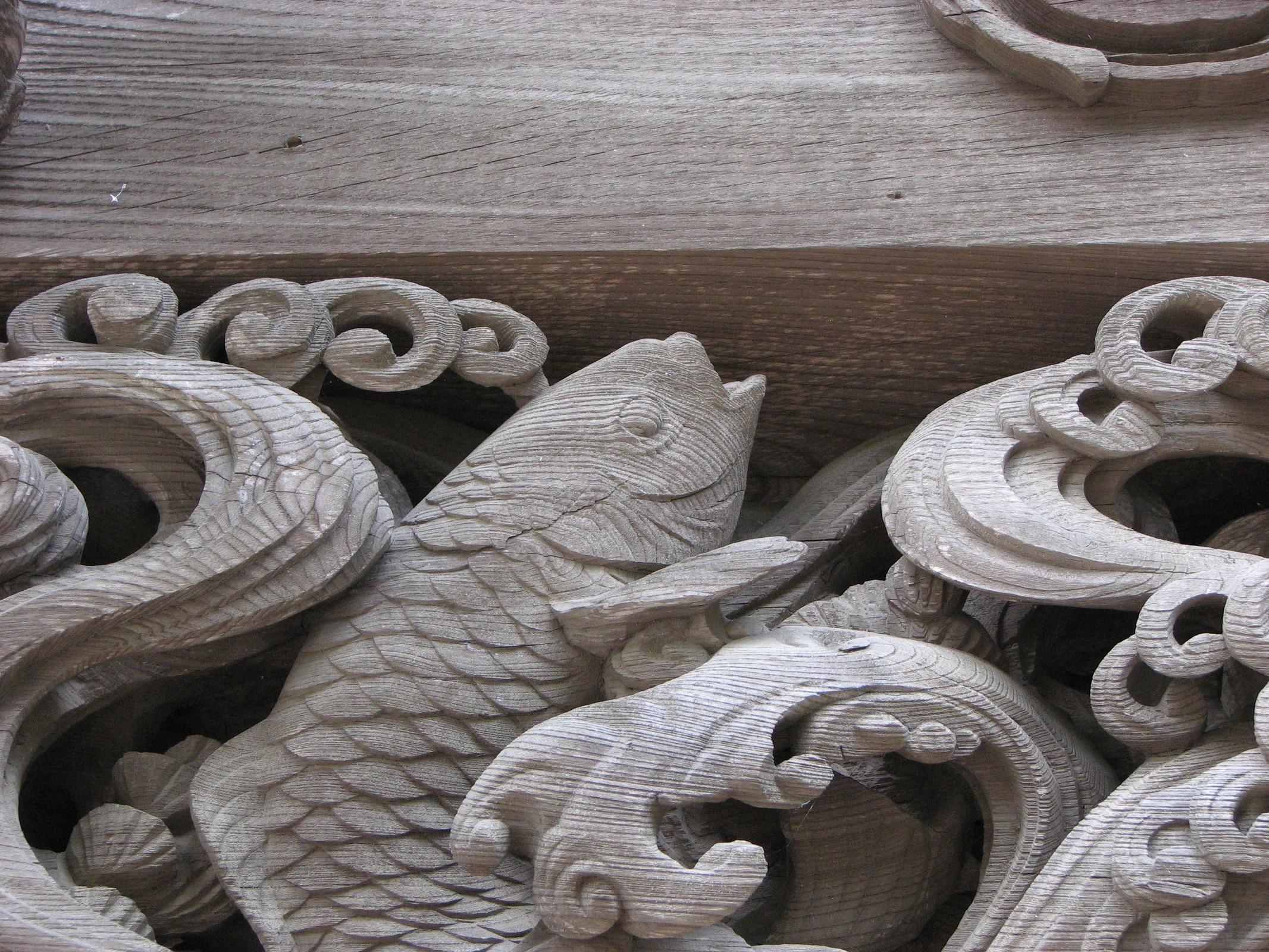This is an art delay.
A happening of dadaic Kente proportions. I have been listening to Zadie Smith perhaps too much today.
And also go search out Khensani Mohlatlole if you arent familiar with her work or otherwise.
Also saw a lot of Kyoto. Was not good, waaaaay too many rude ppl.
Otherwise;
Go
od
Day S
i#
r!



_-_Google_Art_Project.jpg)

